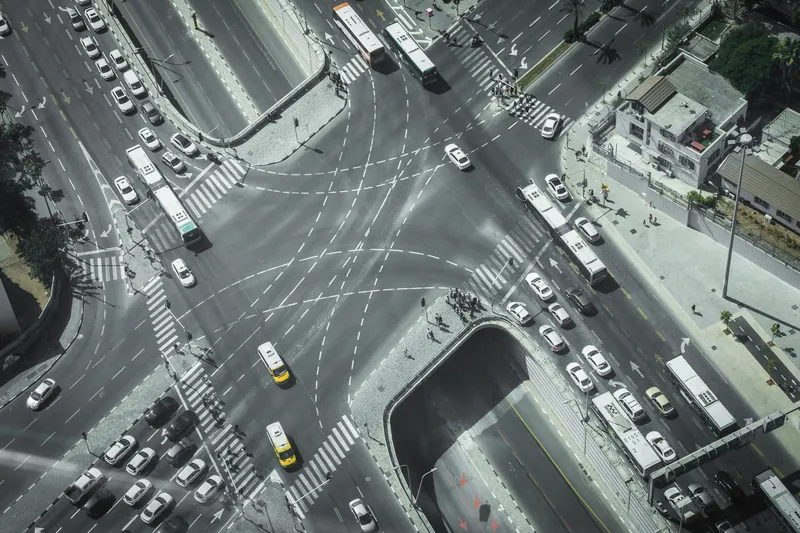
IBEC, the International Benefits, Evaluation and Costs working group for ITS, has a new secretariat in the ERTICO/ITS Europe offices in Brussels, with Paul Kompfner, ERTICO head of smart urban mobility, as secretary.
An early priority is a more dynamic website, offering better communications channels for news and encouraging wider dialogue and collaboration.
The 2015
Tuesday 06 October:
'How to identify the right ITS evaluation methodology'. Organised by
'Reliable data for ITS deployment'. Organised by
It will also give an overview of the EU's new ITS Observatory decision-making software tool for ITS deployment, a repository for examples of best practice throughout Europe with a catalogue of the latest technologies.
Thursday 8 October:
'Evaluation of connected automated driving'. Organised by European transport consultancy
'Is evaluation really being used by decision makers for deployment?' Organised by AustriaTech, this recognises that ITS R&D projects typically include requirements for evaluation and results sharing – but little is known about how far these results are used.
Forward from Detroit
Kompfner is keen to update IBEC members on the 'Framework for a White Paper on ITS Evaluation', presented at last year’s ITS World Congress, which highlighted four priority work areas:
- The definition and use of harmonised indicators for ITS evaluation;
- Determining principles and procedures for monetary evaluation of primary ITS benefits;
- The need for a commitment to robust ex-post evaluation as a funding requirement for all ITS implementation projects; and
- Promoting additional studies to assess ITS impacts on travel, mobility and driving behaviour.
He told ITS International that IBEC’s management committee will progress each topic to create a “valuable guidance document able to find its place in the planning, execution and follow-up of every future ITS deployment”.









